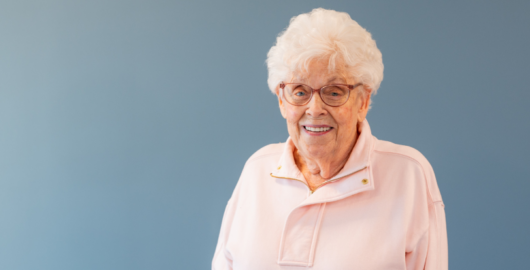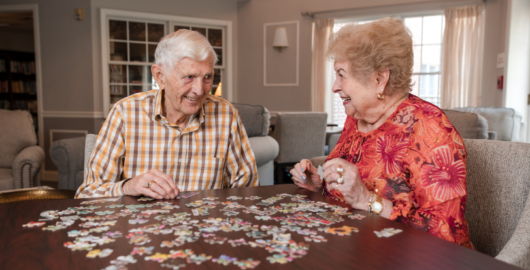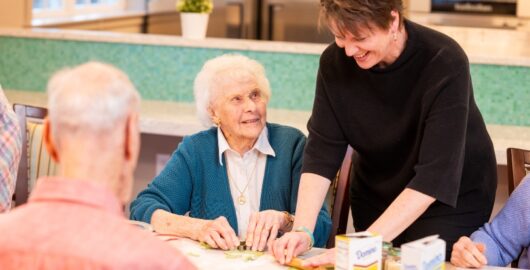Every one of us is aging – it is an inevitable part of life! We can’t stop the aging process, but we can take steps to age with grace.
Does the word “exercise” intimidate you? Maybe it conjures up images of sweaty clothes and sore muscles – just something else you’re “supposed to do.”
It shouldn’t be that way! Exercise is simply what happens whenever you do any kind of physical activity. If it moves and helps condition a part of your body, then it’s exercise. Something as simple as walking can actively improve and maintain health.
Unfortunately, even young people fail to incorporate physical fitness into their everyday lives. People of every age are meant to be appropriately active. People who tend to be inactive are more likely to experience health complications like the following:
- Muscles and bones that lose their strength.
- A reduced metabolism that has difficulty breaking down sugars and fats.
- An immune system that no longer works as well.
On the other hand, regular and age-appropriate physical fitness results in:
- Stronger muscles and, therefore, stronger bones.
- Better posture, circulation, and balance (which prevents falls).
- Production of endorphins which fight stress and promote brain health.
Just walking 30 minutes each day reduces the risk of stroke and heart disease, helps to manage hypertension, and positively impacts high cholesterol, joint and muscular pain, and diabetes – all common concerns for adults over the age of 65.
“But isn’t exercise boring – or worse, painful?” Not at all! In fact, if physical activity is causing you pain, you’re probably doing too much. “Listen to your body,” says Lynn Ardese, Director of Activities at the Windmere. “Mild soreness the next day is normal, but pain during exercise is a warning sign to stop.”
As a certified fitness instructor for 13 years, Lynn taught classes at the YMCA before introducing new techniques and “sittercise” routines to residents of the Home. “It’s so important to get help from an instructor who is properly trained,” she warns. “Otherwise, performing exercises improperly may cause injury.”
With that said, there are lots of ways to make exercise safer and more enjoyable. Here are just a few ideas (inspired by residents of the Windmere):
- Work out alongside a friend. Whether it’s walking, jogging or even dancing, having company can be motivating and fun.
- Attend in-person classes, or follow along with filmed workouts on YouTube. Just make sure the leader is properly trained and the exercise matches your abilities and health.
- Especially when working out alone, be careful not to over-exert yourself. Sittercise or chair yoga routines are ideal when at home – you can stretch your limbs and practice steady breathing, without risking a fall.
- Reward yourself every time you work out. Maybe you can enjoy your favorite show, talk to a friend or eat a favorite food (healthy, of course) afterwards. Having the promise of a reward can give you the push you need to work out.
- Form a walking group. These have become popular among older adults in recent years. Set a goal for how far you want to walk and meet up once a week for a morning in the sun!
There is no one-size-fits-all way to exercise. The most important thing is to start! Your body (and mind) will thank you.




